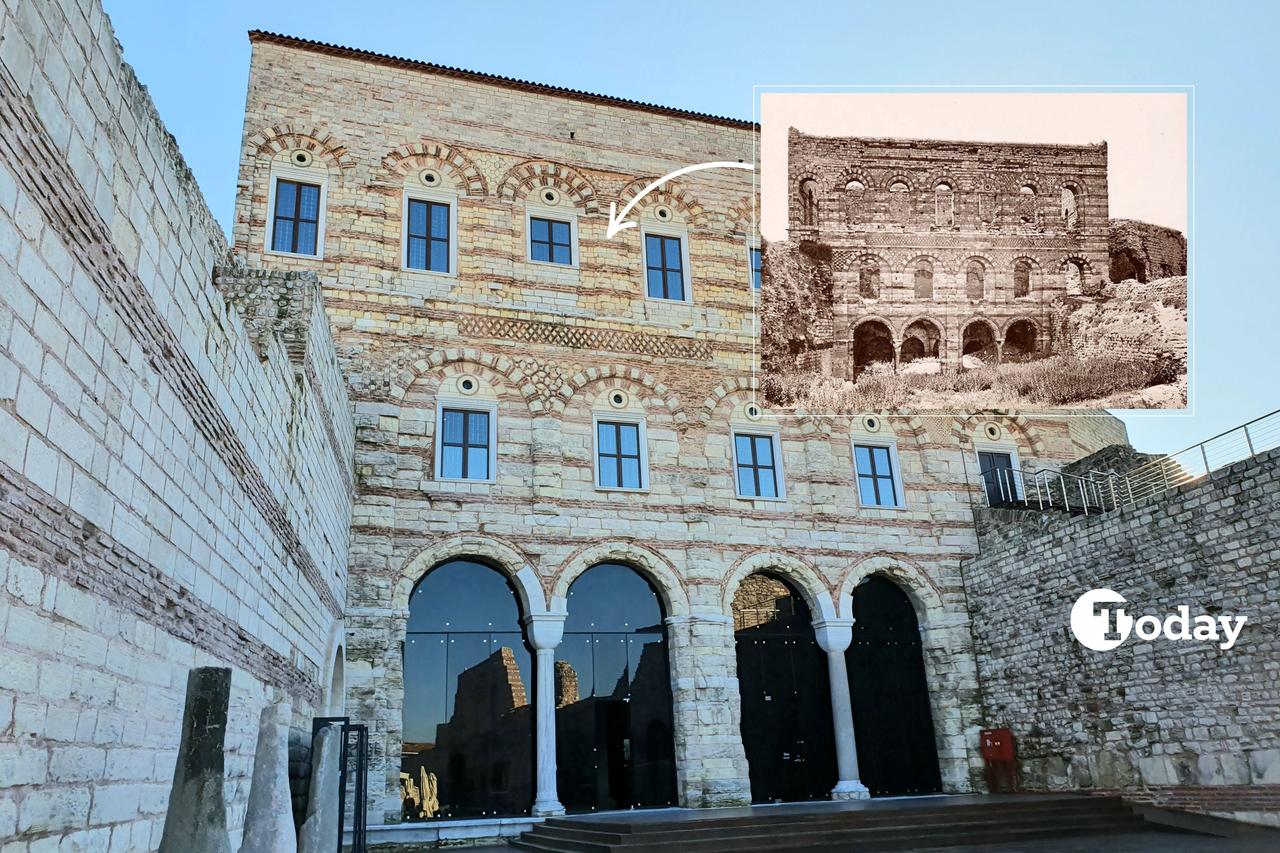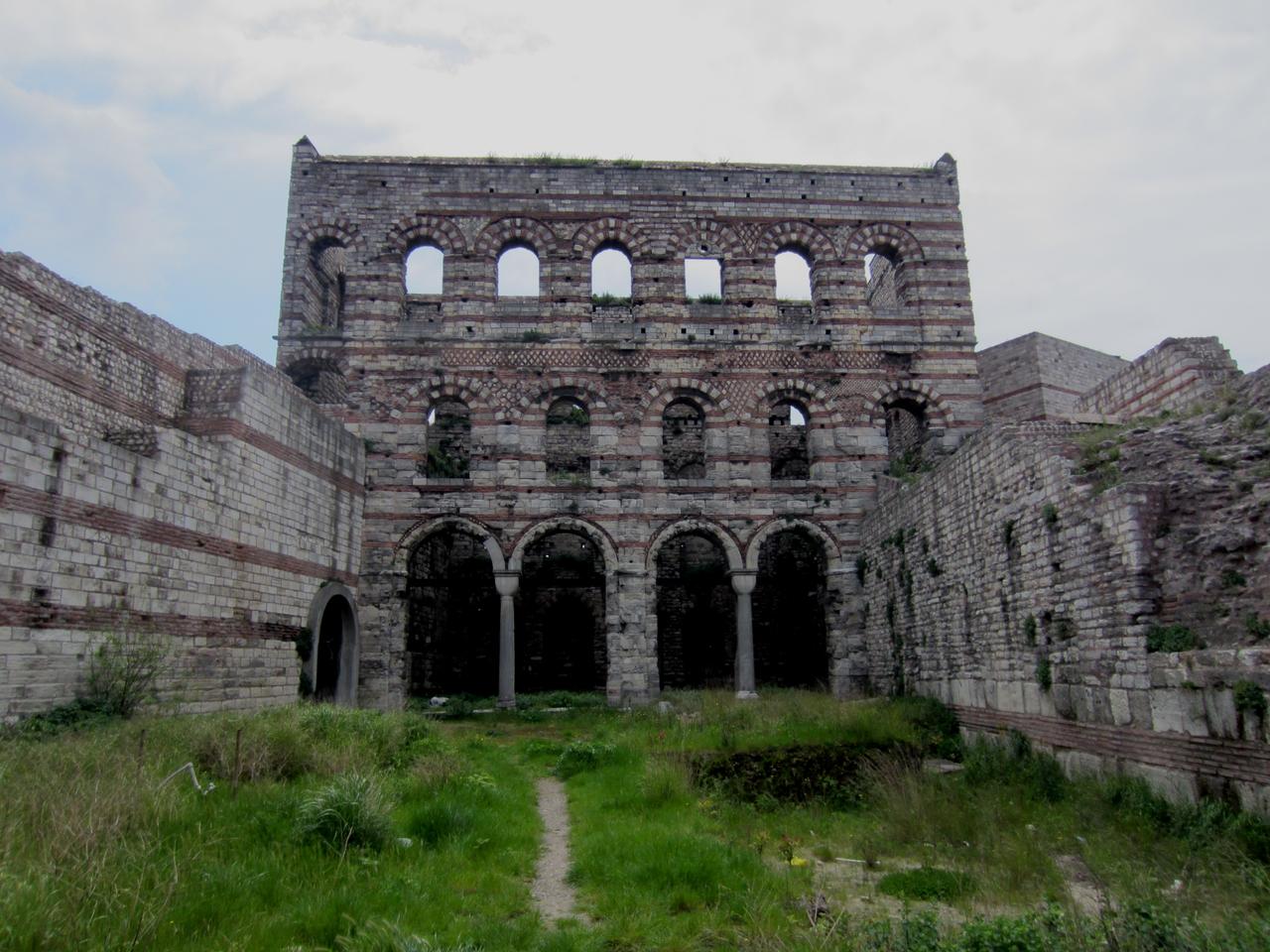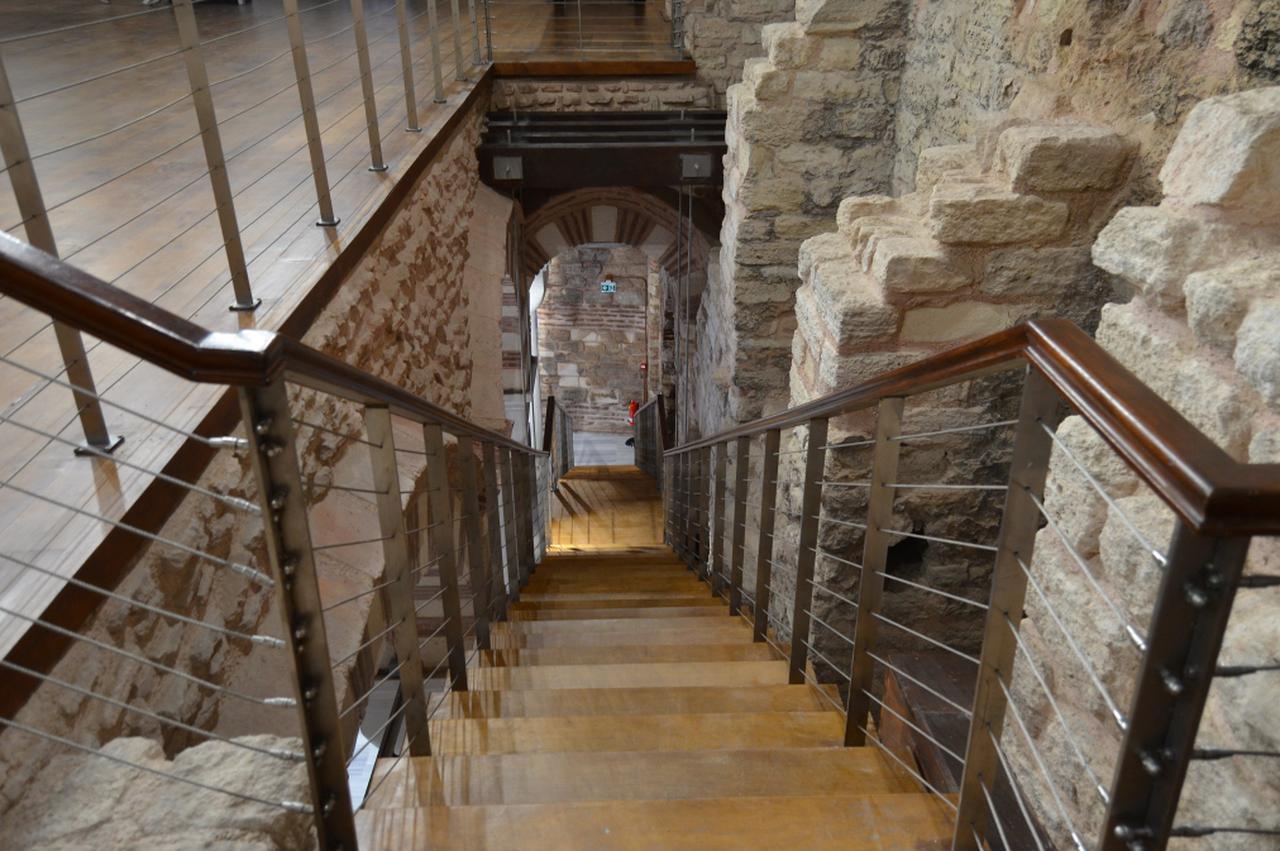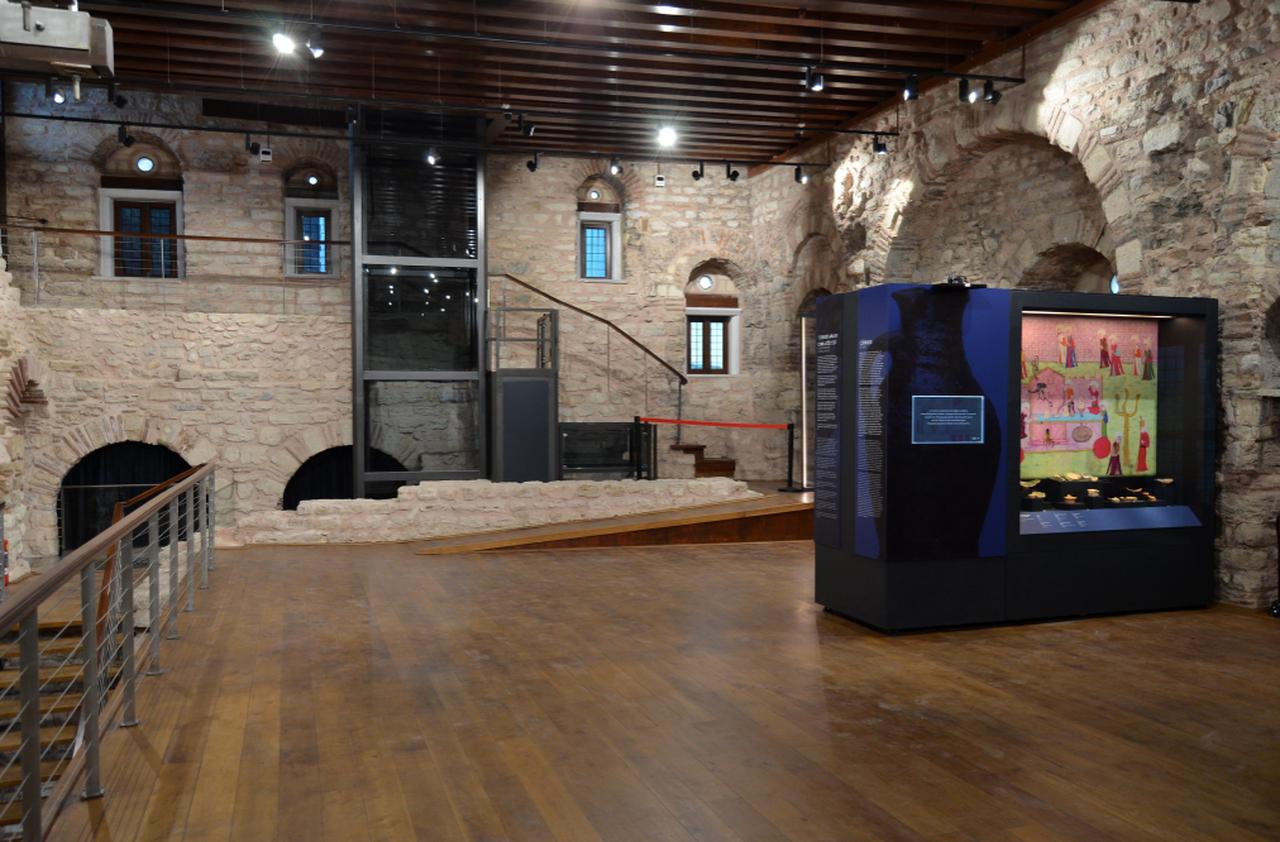
Once a derelict fragment of Byzantine glory, the Tekfur Palace in Istanbul has undergone a dramatic transformation—from excavation site to a living museum. Located near the Edirnekapi Gate in the old city walls, this rare survivor of the Byzantine period now stands as a testament to Türkiye’s layered cultural heritage, with its exhibits offering a sensory journey through centuries of ceramic production, domestic life and architectural evolution.

Tekfur Palace, also known as the Palace of Porphyrogenitus, is the only surviving section of the Blachernae Palace complex, one of the last imperial residences of the Byzantine emperors. Though known to scholars and travelers for centuries, archaeological excavations only began in earnest in the early 2000s. These investigations uncovered a wealth of material remains, including pottery kilns, glazed and unglazed ceramics, crucibles, coffee cups and remnants of tile production.
One of the most striking discoveries was evidence of an 18th-century ceramic workshop, revealing that the site had been repurposed for tile manufacturing long after the conquest of Constantinople. Fragments from both Kutahya and Canakkale ceramics were identified, as well as imported Staffordshire plates and locally produced Ottoman glassware.

The museumification of Tekfur Palace is a remarkable case study in the fusion of archaeology and museology. Following years of restoration and planning, the building was reimagined not just as a display space but as a narrative medium that tells the story of urban continuity in Istanbul.
Visitors first encounter an open courtyard that introduces the historical context. The ground floor is designed to provide general information, while the first and second floors take the audience through themed exhibits. Each level brings a different dimension to the experience—whether it is Byzantine domestic life, the Ottoman ceramic industry, or imported luxuries that passed through the city's markets.
Interactive features and reconstructed architectural elements ensure that the exhibits are not simply observed but experienced. The second floor, for instance, includes a section dedicated to “Daily Life in the Byzantine Period,” helping visitors visualize the human element behind the archaeological findings.

The journey of Tekfur Palace from an inaccessible ruin to an educational and cultural hub began in the mid-20th century, with partial restorations leading up to the 1955 International Byzantine Congress. However, it wasn’t until the 21st century that the palace was fully integrated into Istanbul's museum landscape.
This transformation was not only architectural but ideological—reflecting a growing interest in preserving Byzantine heritage as part of Türkiye's multifaceted historical identity. The museum today stands as a symbol of resilience, scholarly collaboration, and the power of cultural heritage to adapt and endure.
Tekfur Palace Museum layered exhibitions serve as both a chronicle and a celebration of the many hands—imperial, artisan, scholarly—that shaped its walls.

In embracing both its Byzantine and Ottoman pasts, the museum offers a nuanced narrative of Istanbul’s cosmopolitan history. Whether through the curve of a ceramic handle or the echo of a tower staircase, Tekfur Palace invites its visitors to walk through centuries of resilience and reinvention.